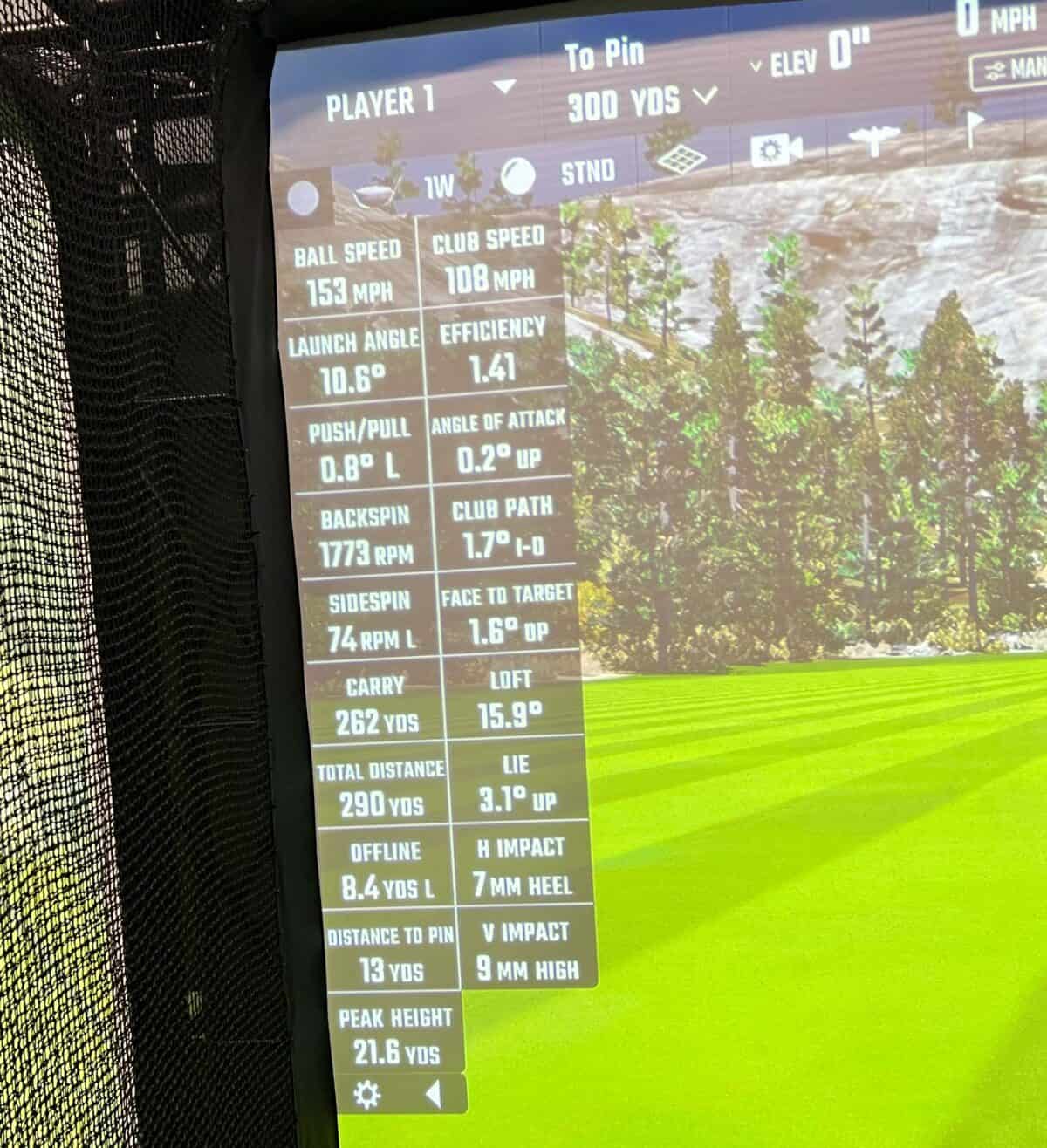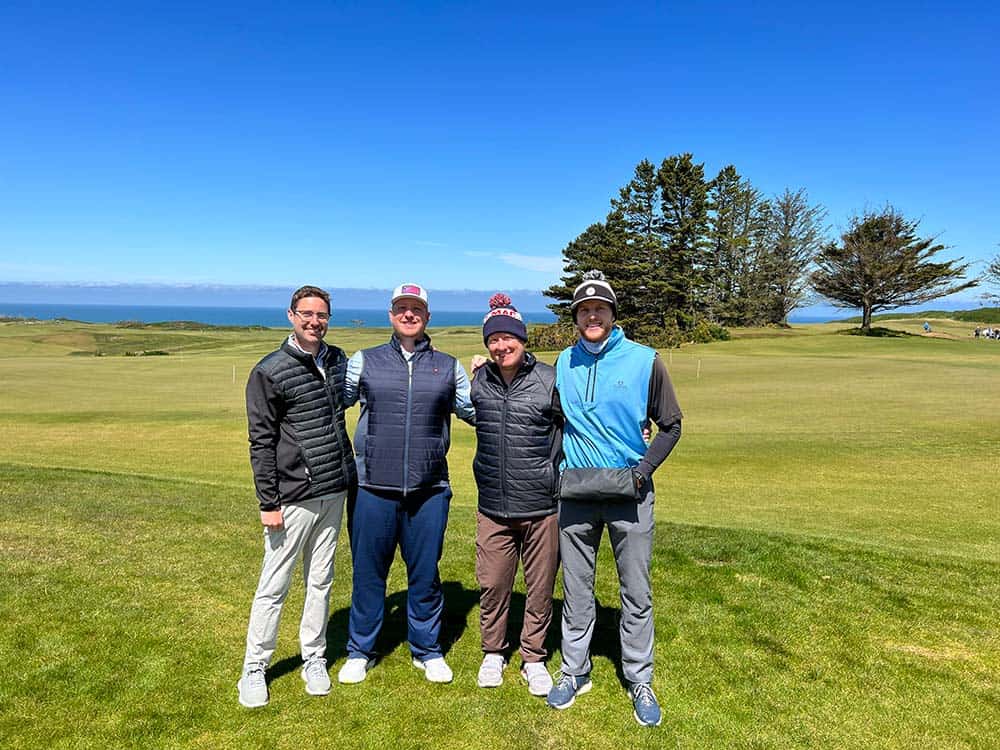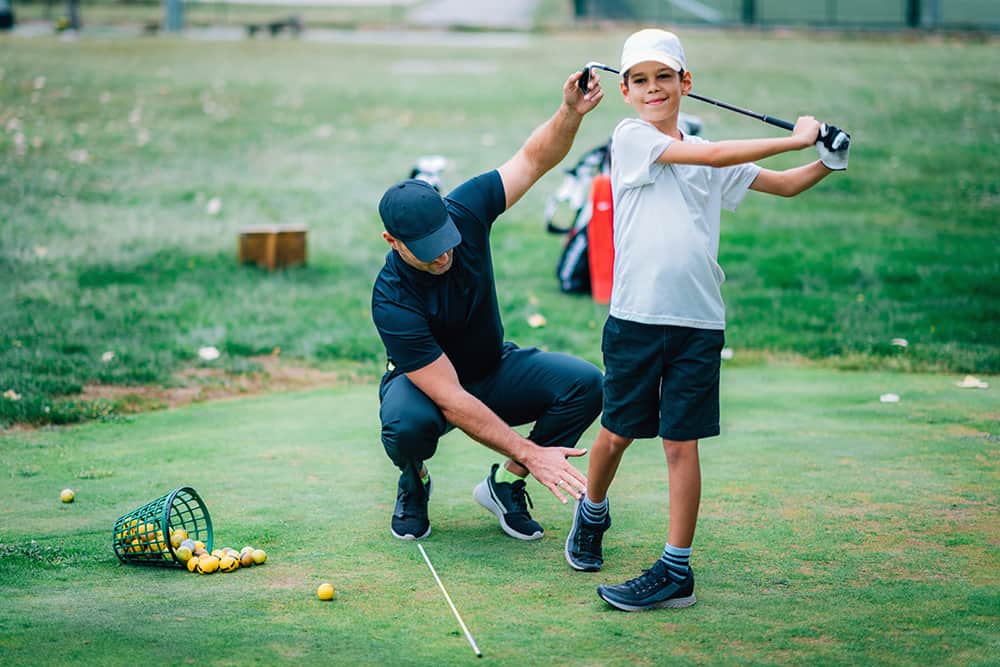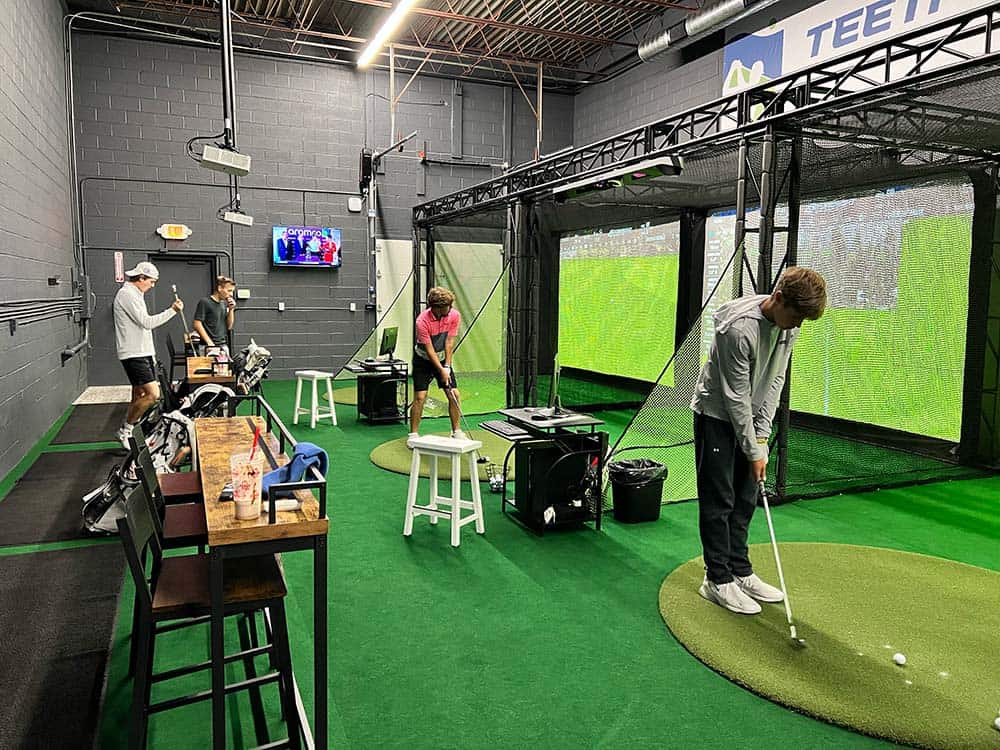How To Plan the Perfect Golf Trip
Connor Clay
on
November 21, 2022
But for a golf trip to be a success, there is a lot of planning to do beforehand (sometimes years in advance). From picking a destination to traveling and packing, there are many things to consider before getting in the car or on the plane to your favorite golf destination.
Who To Invite on the Golf Trip

Choosing who you invite first is pivotal to the golf trip’s success. Group compatibility can make or break your getaway, but that doesn’t mean having different personalities is terrible. You have to plan for it.
Let’s start with the basics. First and foremost, golf is played in foursomes, so you need a group of four, eight or 12. Any more than that makes planning a bear. Start by casting a wide net and ask about 12-15 friends if they’d like to go on a golf trip. It’s helpful to have a few destinations and times of year in mind.
Once you have your group set, it’s time to move on to the fun parts!
Golf Resort Vs. City/Area

As of publication, I’ve gone on four golf trips. Two at resorts (Bandon Dunes and Boyne Highlands), and two around cities (Harrisburg, PA and Orlando, FL). All four outings offered more fun than I ever could imagine, but they each had their lists of pros and cons.
Golf resorts like Bandon Dunes and Pinehurst offer top-of-the-line amenities and golf courses. You’ll spend a bit extra money to stay at the resort, but the customer service and attention to detail will be unmatched.
Bandon Dunes has a shuttle service that runs 24 hours daily and can pick you up and drop you off wherever you’d like. Knowing you never have to drive anywhere is a game-changer.
But, there are some advantages to picking an area with many golf courses (think Hilton Head, SC, Kohler, WI, Florida, etc.). In many cases, it’s easier to fly to Hilton Head or Orlando than to Pinehurst or Bandon Dunes.
And cities have creature comforts like restaurants, bars, grocery stores and other fun things to do when you’re not on the golf course. You can also save some money by not paying resort prices for food and drinks.
No matter what you choose, make sure to book your tee times and accommodations well in advance to ensure you don’t get shut out of the courses you want to play.

Packing for Your Golf Trip

Now that everything is booked, it’s time to pack your bags! If you’re flying, a nice golf travel bag is a must. Airport workers don’t care nearly as much about your golf clubs as you do, so make sure they’re protected. You should remove your driver’s head and wrap your clubs in a towel to ensure they’re safe during travel.
Most airlines have a weight limit, so ditch anything extra that might weigh down your travel bag, like extra ball markers, divot repair tools, rain gear, etc. If you need those things, you can always throw them in your carry-on.
If you’re driving, skip the travel bag because it will take up more room in your trunk.
When it comes to clothing, make sure you pack everything you need. A few golf shirts and shorts might be ok if you’re going to Arizona, where it doesn’t rain, but you’ll need layers if you go anywhere else. It’s better to be overprepared than underprepared. Trust me, you don’t want to buy a whole rain suit in the pro shop because you left yours behind.
Pro-tip: change your socks between rounds if you’re playing 36 holes. Even if it doesn’t feel like you’re sweating, you’ll feel brand new again once you swap socks.
Here’s a list of what articles of clothing need to bring:
- Golf shirts
- Golf shorts
- Golf pants
- Layers like quarter-zips and hoodies
- Rain gear
- Socks and underwear
- Hats
- Shoes (golf and casual)
- Athleisure wear
- Nicer clothes for dinner
- Pajamas
Last but not least, don’t forget to include toiletries, sunscreen and moleskin for blisters.
Pre-Golf-Trip Practice

If you live up north, you probably want to plan a trip south during the winter. But you should probably schedule a lesson or an indoor session at Tee It Up Canton if you’re from northeast Ohio.
You don’t want your first swing in a few months to come on the first tee of a golf trip. That’s a recipe for disaster, especially if everyone has their camera phones out.
Taking lessons and hitting balls indoors will ensure your swing is in top shape when you arrive at your golf destination and spare you the embarrassment of whiffing your first tee shot.
Games to Play on the Golf Course

Depending on the number of players you have, there are plenty of game options to make your rounds more competitive and fun.
The easiest and most common is match play. If you have four players, you can do two vs. two. If you have eight or 12, the groups can play against each other.
Match play is easy. You take the lowest net score on each hole. So if you’re partner gets a shot and makes a four, he actually made a three. If no one in the other group makes a net three or better, you win the hole.
You can also do skins, low man (lowest total score on the trip), stableford, cart other driver and many more.
I won’t go into detail on the rules of each game but give each of them a Google search, and you’re sure to find the rules online.
Other Fun Activities

While this is a golf trip, it’s important to make sure you have other activities planned (even if it’s just dinner) to break up the trip a bit.
Some golfers can play all day, while others might want a break. Ensuring everyone has their best golf trip means understanding not everyone will want to play 36 holes per day or stay out until 3 am.
Planning dinners or outings to local attractions can break up the trip and allow everyone to catch their breath.
Do a little research before you arrive to see what non-golf options are available, then poll your group to see what they’re interested in.
Conclusion
Golf trips are almost always unforgettable. But if you don’t do the planning ahead of time, you might not have as much fun as you could have.
As long as you have a good group of friends, a nice place to stay and fun golf courses, you’ll have a great time!
A Quick Update on Golf Lessons
Connor Clay
on
November 1, 2022
Hey golfers! We just wanted to give you a quick update on lessons at Tee It Up. We currently have four coaches slated to give golf lessons at our location, but they’re still working their day jobs outside.
These four coaches each have different specialties and will be able to help golfers of all skill levels improve their game and have more fun on the course.
If you’d like to request a lesson today, please fill out this form and someone will be in touch with you about scheduling soon.
All four of our golf pros are independent contractors. That means you must book with them, not directly through our website. They also can charge different rates and will expect to be paid directly by you after your lesson.
We’re looking forward to helping everyone improve their golf game, but until winter hits, our golf professionals will still be outside. But trust us, it’s Ohio — winter will be here soon enough.
Thanks, and please let us know if you have any questions!
Tee It Up Canton’s First Week
Connor Clay
on
October 25, 2022
From all of us at Tee It Up Canton, we want to say a huge thank you to everyone who came out to visit us during our first week!
We were lucky enough to host the Jackson and Green High School boys’ golf teams as they prepped for the state championship. Each team finished 10th and 11th, respectively.
The kids absolutely loved the facility and will definitely be back this winter. You should see them hit the ball! We were amazed at how far and straight they could hit it. The young golfers also picked up our software very easily. We can’t wait to have more high school and youth golfers out to Tee It Up Canton this winter.
We also had the opportunity to host several members of Brookside Country Club. Everyone enjoyed playing a round with their friends and found our software enlightening.
Even seasoned golfers enjoy a better understanding of their swing and distance when they use our Foresight launch monitors.
Lastly, we are thankful for the people we didn’t know who came out to give us a try. It always feels good when folks who aren’t friends give us positive feedback.
Over the weekend, we fixed a few bugs to improve the Tee It Up Canton experience. Want to get in on the fun? Book your bay today. See you soon!




